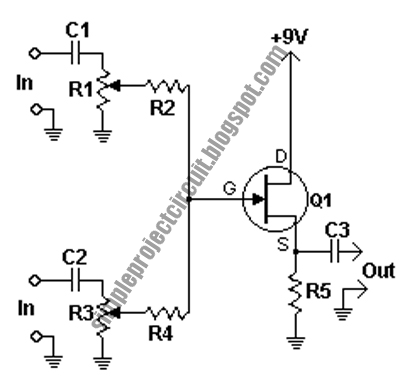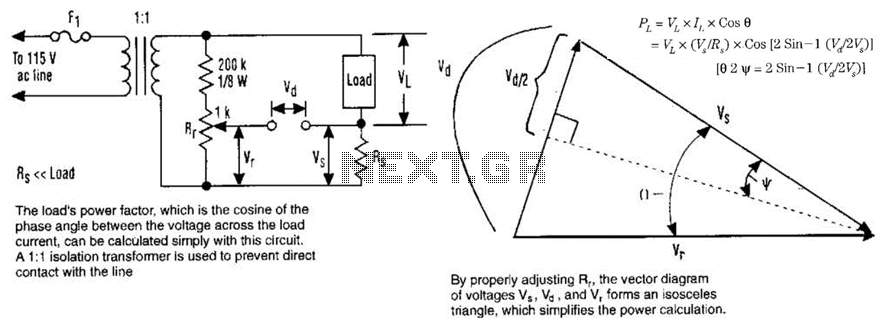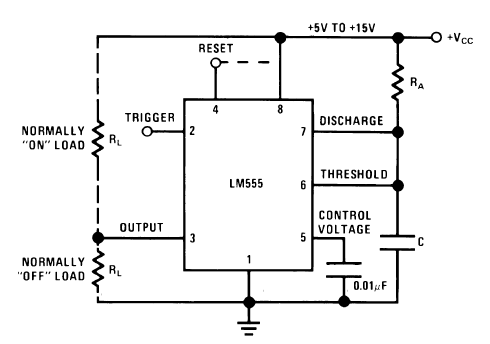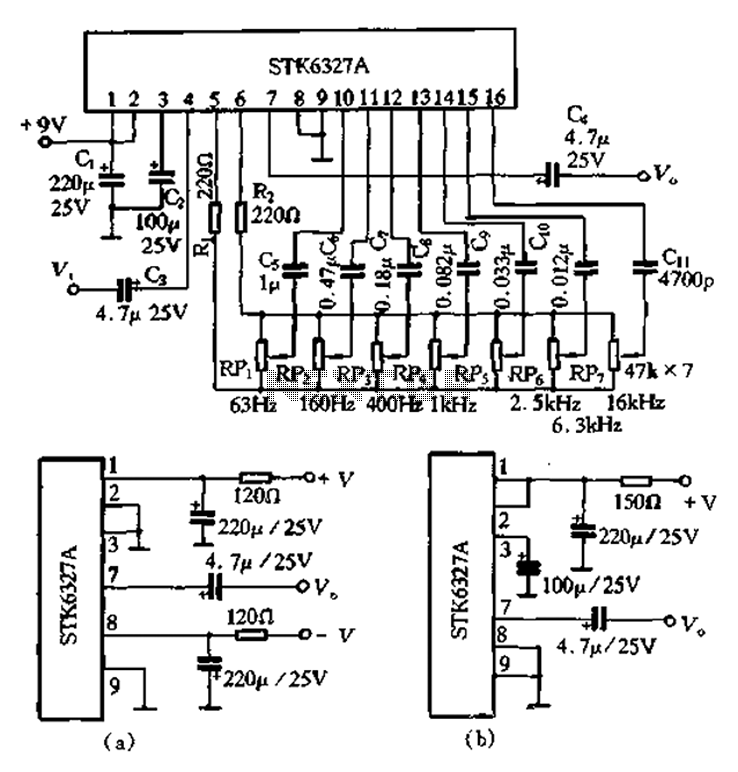
pierce xtal oscillator circuit

This circuit is a conventional Pierce type oscillator that utilizes a JFET. It operates with fundamental mode crystals and exhibits good performance and reliability when a low noise JFET is employed. The feedback is regulated by the capacitance of C1 from the drain to ground. Frequency adjustment can be achieved by varying the shunt capacitance C2 across the crystal. The crystal operates in parallel mode, making this circuit suitable for applications where multiple crystals can be switched in and out to select the desired frequency, as no tuning is required.
The Pierce oscillator circuit is a popular choice in electronic design due to its simplicity and effectiveness in generating stable oscillations. The core of the oscillator consists of a JFET, which serves as the active device, providing the necessary gain to sustain oscillations. The feedback mechanism is crucial for the oscillator's operation, where the capacitor C1 plays a significant role in determining the feedback path from the drain of the JFET to ground.
In this configuration, the fundamental mode crystal is essential for setting the desired frequency of oscillation. The crystal's characteristics dictate the frequency stability and purity of the output signal. The inclusion of a shunt capacitor (C2) across the crystal allows for fine-tuning of the frequency. By adjusting the value of C2, the total capacitance seen by the crystal can be modified, thus enabling frequency shifts within a specific range.
The parallel mode operation of the crystal in this circuit ensures that the oscillator can maintain its performance across various operating conditions. This design is particularly advantageous in applications where frequency selection is required without the need for manual tuning. By incorporating multiple crystals that can be switched in and out, the circuit can easily adapt to different frequency requirements, making it versatile for various electronic applications.
Overall, the Pierce oscillator circuit represents an efficient solution for generating stable oscillations in a compact and reliable manner, suitable for a range of applications in communication systems, signal processing, and other electronic devices.This circuit is conventional Pierce type oscillator that uses a JFET. The circuit uses fundamental mode crystals. It has decent performance and reliability if we use a low noise JFET. This is the figure of the circuit. The feedback is controlled by the C1 Capacitance from drain to ground. Adjusting the frequency can be done by adjusting a shunt capacitance C2 across the crystal. The crystal works in parallel mode. This circuit is suitable where some crystals should be switched in and out to select the frequency, as there`s no tuning required. 🔗 External reference
The Pierce oscillator circuit is a popular choice in electronic design due to its simplicity and effectiveness in generating stable oscillations. The core of the oscillator consists of a JFET, which serves as the active device, providing the necessary gain to sustain oscillations. The feedback mechanism is crucial for the oscillator's operation, where the capacitor C1 plays a significant role in determining the feedback path from the drain of the JFET to ground.
In this configuration, the fundamental mode crystal is essential for setting the desired frequency of oscillation. The crystal's characteristics dictate the frequency stability and purity of the output signal. The inclusion of a shunt capacitor (C2) across the crystal allows for fine-tuning of the frequency. By adjusting the value of C2, the total capacitance seen by the crystal can be modified, thus enabling frequency shifts within a specific range.
The parallel mode operation of the crystal in this circuit ensures that the oscillator can maintain its performance across various operating conditions. This design is particularly advantageous in applications where frequency selection is required without the need for manual tuning. By incorporating multiple crystals that can be switched in and out, the circuit can easily adapt to different frequency requirements, making it versatile for various electronic applications.
Overall, the Pierce oscillator circuit represents an efficient solution for generating stable oscillations in a compact and reliable manner, suitable for a range of applications in communication systems, signal processing, and other electronic devices.This circuit is conventional Pierce type oscillator that uses a JFET. The circuit uses fundamental mode crystals. It has decent performance and reliability if we use a low noise JFET. This is the figure of the circuit. The feedback is controlled by the C1 Capacitance from drain to ground. Adjusting the frequency can be done by adjusting a shunt capacitance C2 across the crystal. The crystal works in parallel mode. This circuit is suitable where some crystals should be switched in and out to select the frequency, as there`s no tuning required. 🔗 External reference





